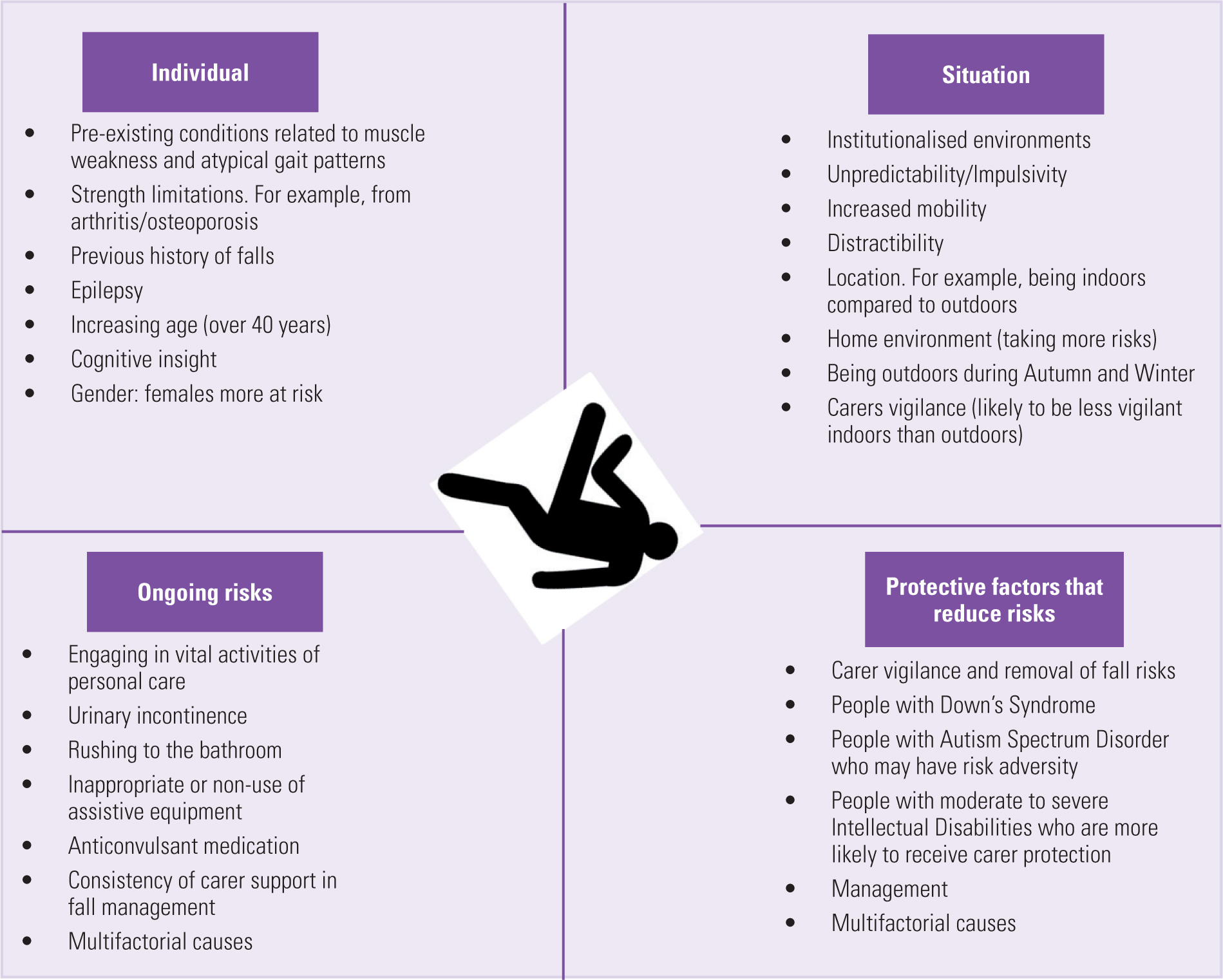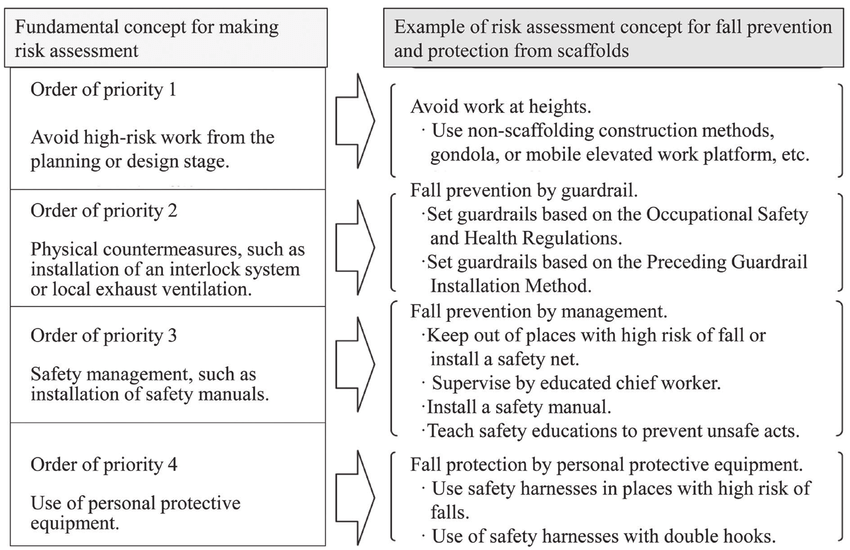The Main Principles Of Dementia Fall Risk
The Main Principles Of Dementia Fall Risk
Blog Article
The Greatest Guide To Dementia Fall Risk
Table of Contents3 Simple Techniques For Dementia Fall RiskDementia Fall Risk Can Be Fun For AnyoneExamine This Report on Dementia Fall RiskThe Basic Principles Of Dementia Fall Risk
An autumn risk analysis checks to see how likely it is that you will drop. The assessment normally consists of: This includes a series of inquiries concerning your general wellness and if you have actually had previous drops or troubles with balance, standing, and/or strolling.Treatments are referrals that might lower your danger of falling. STEADI includes three steps: you for your danger of falling for your threat elements that can be boosted to attempt to avoid falls (for example, balance troubles, impaired vision) to decrease your risk of falling by making use of efficient techniques (for example, giving education and learning and sources), you may be asked several concerns including: Have you fallen in the past year? Are you worried regarding falling?
You'll rest down again. Your copyright will certainly examine the length of time it takes you to do this. If it takes you 12 secs or more, it may indicate you are at higher risk for a loss. This examination checks stamina and balance. You'll rest in a chair with your arms crossed over your upper body.
Relocate one foot halfway ahead, so the instep is touching the huge toe of your various other foot. Relocate one foot totally in front of the various other, so the toes are touching the heel of your other foot.
The smart Trick of Dementia Fall Risk That Nobody is Talking About
A lot of falls occur as a result of several adding elements; for that reason, taking care of the danger of dropping begins with determining the variables that add to drop risk - Dementia Fall Risk. Several of one of the most relevant threat variables consist of: Background of previous fallsChronic clinical conditionsAcute illnessImpaired stride and equilibrium, lower extremity weaknessCognitive impairmentChanges in visionCertain high-risk medications and polypharmacyEnvironmental elements can also enhance the danger for falls, including: Insufficient lightingUneven or harmed flooringWet or slippery floorsMissing or damaged handrails and grab barsDamaged or incorrectly fitted devices, such as beds, wheelchairs, or walkersImproper usage of assistive devicesInadequate guidance of individuals living in the NF, including those that show hostile behaviorsA effective autumn risk management program requires a thorough professional assessment, with input from all members of the interdisciplinary group

The care strategy need to additionally consist of treatments that are system-based, such as those that advertise a secure environment (suitable illumination, hand rails, order bars, and so on). The efficiency of the interventions need to be evaluated regularly, and the care plan changed as required to mirror modifications in the loss threat assessment. Executing a fall threat monitoring system utilizing evidence-based best method can decrease the occurrence of falls in the NF, while restricting the possibility for fall-related injuries.
Not known Factual Statements About Dementia Fall Risk
The AGS/BGS guideline suggests screening all grownups matured 65 years and older for autumn threat each year. This screening consists see here of asking patients whether they have fallen 2 or more times in the past year or looked for medical interest for a loss, or, if they have not fallen, whether they feel unsteady when strolling.
People who have fallen once without injury must have their balance and stride examined; those with gait or equilibrium problems should obtain added assessment. A background of 1 loss without injury and without stride or equilibrium troubles does not necessitate more evaluation past ongoing yearly autumn threat testing. Dementia Fall Risk. A loss threat assessment is needed as part of the Welcome to Medicare examination

The 3-Minute Rule for Dementia Fall Risk
Documenting a drops background is just one of the quality signs for autumn prevention and monitoring. An important component of risk evaluation is a medication evaluation. Numerous courses of medicines raise fall risk (Table 2). Psychoactive drugs in particular are independent predictors of drops. These medications often tend to be sedating, modify the sensorium, and hinder balance and gait.
Postural hypotension can usually be minimized by lowering the dose of blood pressurelowering drugs and/or quiting drugs that have orthostatic hypotension as a side effect. Use of above-the-knee assistance hose and copulating the head of the bed elevated may also reduce postural reductions in high blood pressure. The advisable aspects of a fall-focused physical evaluation are displayed in Box 1.

A yank time higher than or equivalent to 12 secs suggests high loss danger. The 30-Second Chair Stand test analyzes reduced extremity toughness and balance. Being unable to stand up from a chair of knee height without using one's arms suggests boosted fall threat. The 4-Stage Balance examination examines fixed equilibrium by having the patient stand in 4 positions, each gradually a lot more challenging.
Report this page